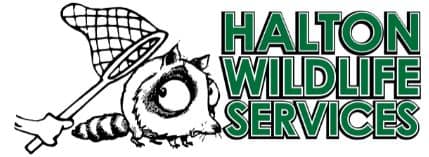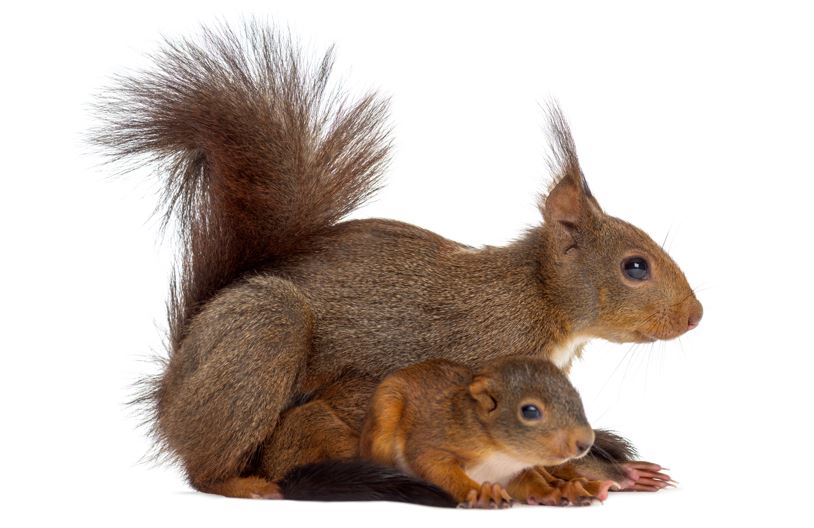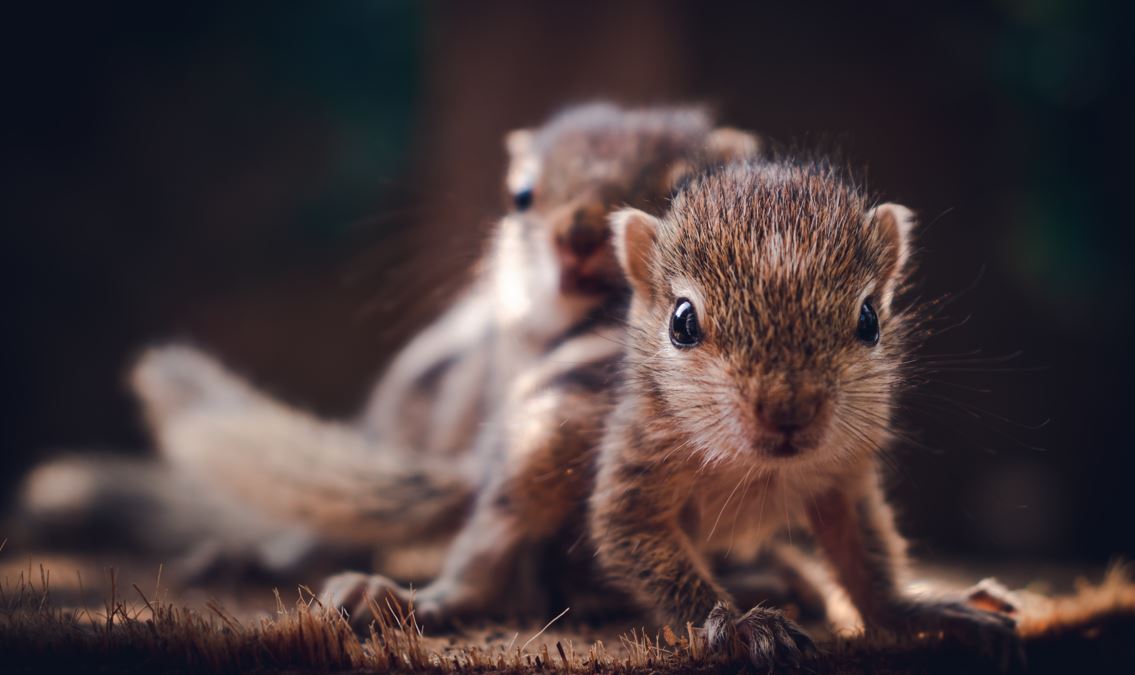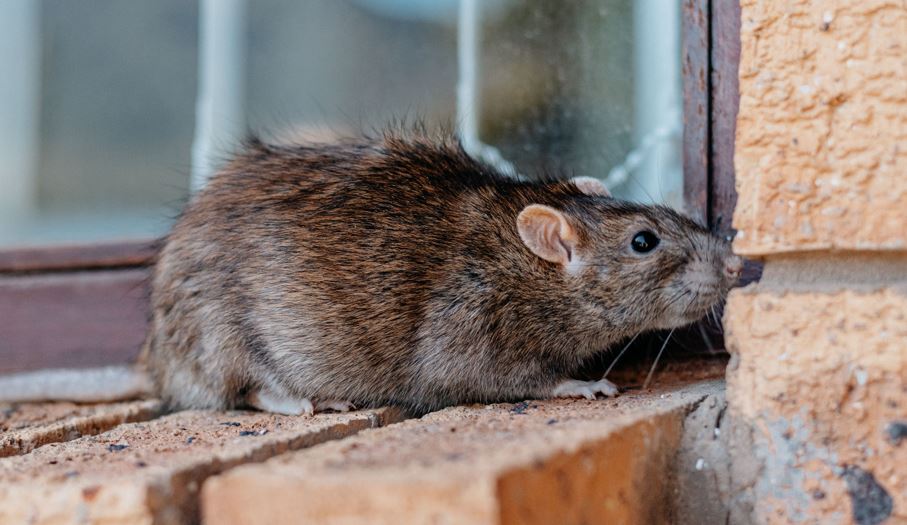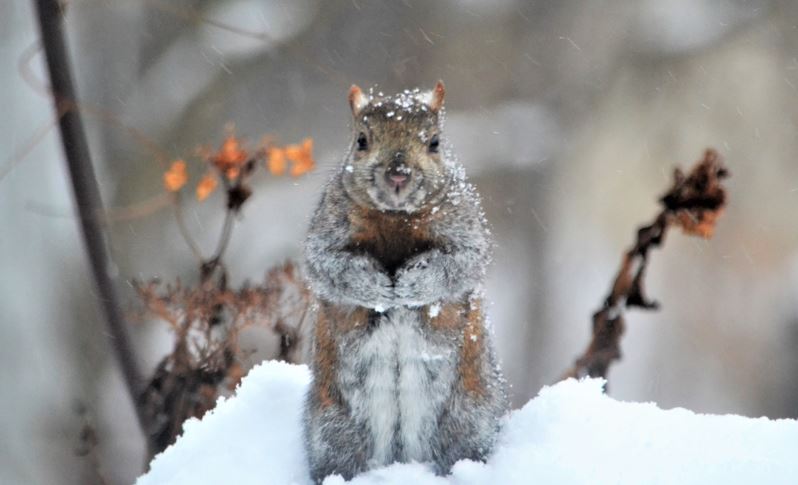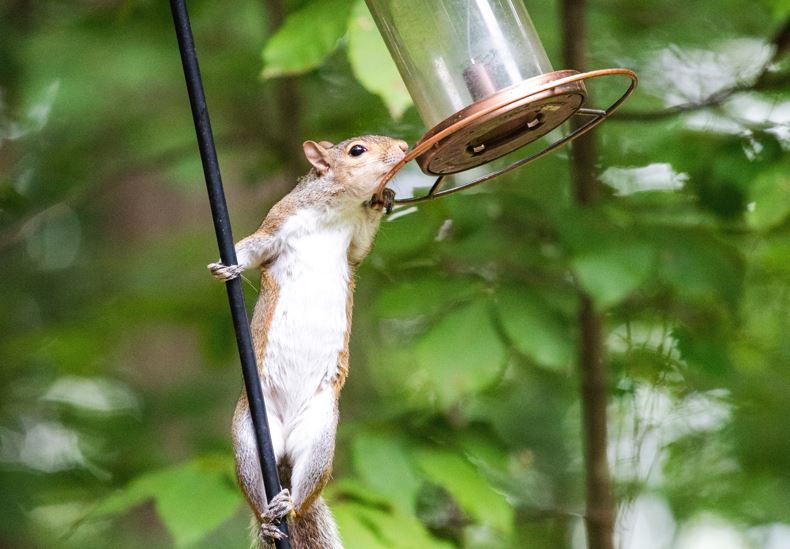Squirrel baby season comes up twice a year, and sometimes squirrels cause serious issues for property owners. The good news is that it’s easy to prevent these issues from occurring with a little bit of knowledge and preventative measures. Here’s what you need to know to handle a squirrel problem with ease.
How to recognize a baby squirrel
In Oakville, Burlington, Milton and areas Halton Wildlife Services humanely removes squirrels for home and business property owners. Get rid of nuisance squirrels and let’s keep them out.
If you think you might be dealing with a squirrel infestation in your home or yard, it’s important that you will be able to recognize whether the pests are adults, or young children still living in their nest.
First, you need to know how to recognize a baby squirrel, including how they’re different in appearance from fully matured ones. Understanding the differences between baby squirrels and adult ones will help you determine how and when to act if you discover that you have a squirrel infestation in your attic.
A fully grown squirrel will have a big fluffy tail and be able to run, jump, and climb with ease. They are completely independent and able to take care of all of their needs. You’ll often see them running around alone.
In contrast, babies look quite different. While very young babies will be easy to visually separate from adults, once they are big enough to start running around outside of the nest it can be a bit more difficult to tell them apart.
When squirrels are first born, they won’t have any fur and their eyes will be shut. At this stage, unless you’ve already spotted the nest in your home or yard, you probably won’t even see the baby squirrels. Within a few weeks they’ll start to have “peach fuzz” fur showing up, but their eyes will still be closed. At about six or seven weeks of age they start to look more like a mini version of fully grown squirrels. By the time they’re 10 weeks old, they’re usually fully grown and it’s difficult to tell whether they’re adults or children.
Baby squirrels stay with their mother
Unlike some wild animals that separate from their mothers at some point early on in their lives, squirrel babies will stay with their mothers until they are matured and grown, usually by about 2.5 to 3 months old. Until then they will remain in the nest that their mother has built for them, slowly increasing their time out during the day. This time spent outside each day helps them learn how to find food and shelter once they’re ready to set out on their own.
If you see a baby squirrel without its mother, don’t touch it, but wait and see if the mother comes back. She could be out gathering food for her little one and this may take hours, involving several trips to and from her baby — if you take breaks from watching for her, you may miss her and make the mistake of thinking she never came back at all. However, if you are 100% certain that the mother isn’t coming back, contact your local pest removal company for instructions on what to do.
There are two baby squirrel seasons per year
Although many mammals may mate during any season, squirrels most commonly have babies twice a year, usually in early spring (March or April) and again in late summer or early fall (August or September). During these months it’s common for squirrels to seek out spaces in which to build their nest. They will look for somewhere that is dark, quiet and away from people and other threats.
The gestational period of most squirrel breeds is around one month, and squirrels will look for their nesting space during this time. Once they’ve given birth, they will stay in their nesting space for 2 to 3 months until their babies are ready to set out on their own. Keep your eyes open for squirrels hanging out in your yard and around your home each spring and fall. If they can find a way in to your attic, shed or other parts of your home you might be stuck with them for up to a few months!
If you have a squirrel problem at these times of the year, be sure to handle it with babies in mind — you should never evict a squirrel family if the babies are too young to be fully independent. If babies are still dependant on their mothers for food and protection, separating them from her can result in their death.
Preventing squirrel entry is key
If you don’t want to find yourself in a situation where you’re stuck waiting several weeks before being able to take action and evict squirrels from your property, taking steps to prevent an infestation is your best option. There are a number of things you can do to help sure that squirrels won’t take up residence in your attic, basement or yard.
Inspect your property – Look for any holes or cracks around the base of your roof, in your fascia or around windows that squirrels could use to gain entry to your home. Most pests don’t need a very large holes in order to break their way into your home, so even small holes and cracks should be inspected.
Look for existing nests – While inspecting your property you’ll want to keep a close eye out for signs of an existing nest in your home. Sealing up holes before babies have been removed can result in them becoming trapped inside and starving to death.
Install vent and chimney covers – Mesh covers can easily prevent squirrels from getting into your attic via these entrance points. Most vents and chimneys are protected by plastic covers that are very easy for squirrels and other pests to chew their way through.
Clean up your yard – Squirrels, like most pests, are attracted to cluttered yards that are full of food sources and places to hide. Keeping your yard tidy from brush, trees that extend to your roof, messy woodpiles, pet food and open garbage bins can help deter them from staying in your yard and home.
Squirrel baby season can be an enjoyable time of the year if you play your cards right
Although squirrels can become quite the pest if they invade your home and are allowed to wreak havoc inside, there are some positives to baby season. Watching young squirrels grow and mature in your backyard can be both entertaining and educational, as long as you’ve prevented them from nesting in your home. As baby squirrels grow and they begin to run around your yard together, watching them interact is actually quite fun.
The main difference between an enjoyable baby season and one that isn’t is whether or not they’ve invaded your home or shed. By taking steps to inspect your home and sealing up any potential entrance points, you can rest assured that your backyard pests won’t be able to build their nest in your attic.
Use the knowledge you’ve just learned to prevent squirrels from becoming a problem so you’ll be able to enjoy the benefits of squirrels romping around and not have to worry about how to get rid of them.
PS – you might not want to leave chocolate lying around…they’re known to be bandits!
